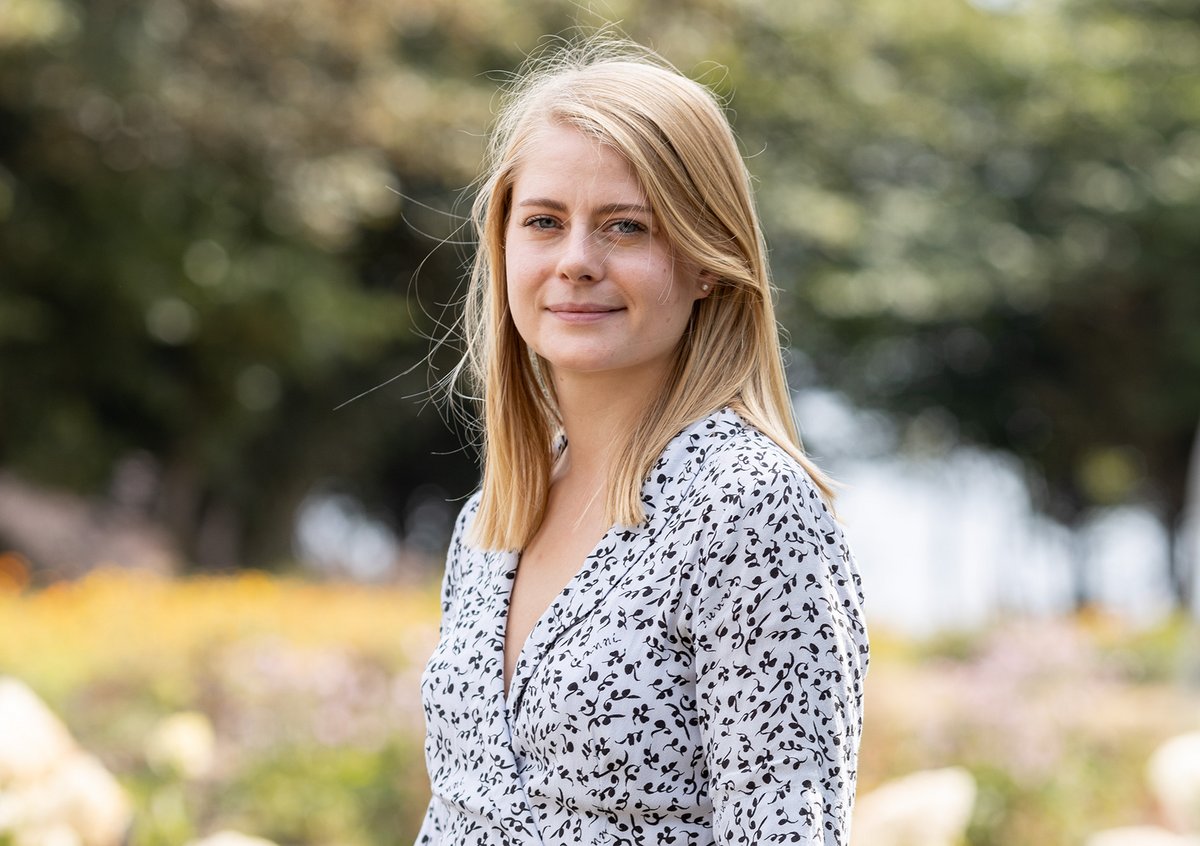Sofie Dannesbo - PhD Scholarship 2022
Project summary:
Openings in the cardiac septum in young children
In this project I wish to examine the factors influencing if openings in the cardiac septum between the two atria identified in newborns, will close or stay open during the early childhood. The project is a part of the Copenhagen Baby Heart Study – a population study with more that 25,000 newborns included. 1,200 children will be re-examined at 4-5 years of age with cardiac ultrasound and genetic testing to investigate these patent openings.
Project title
Patency of interatrial communications in children - part of The Copenhagen Baby Heart Study - Impact (CBHS-I)
Background
Interatrial communications are present in most newborns, as either patent foramen ovale (PFO), which is a normal remnant of the fetal circulation, or the abnormal atrial septal defect (ASD). It is challenging to distinguish between the two and to identify which communications will persist, and which will close spontaneously. Previously, no standardized method for classification of these communications exist. On this basis, a novel algorithm for classification of interatrial communications in newborns was developed in The Copenhagen Baby Heart Study (CBHS) – a population study focusing on cardiovascular health in newborns (N>25,000). The algorithm was designed in an international collaboration based on echocardiograms from CBHS and classifies interatrial communications into three subtypes of PFO and ASD respectively. The algorithm was subsequently applied on part of the CBHS cohort (N>12,000).
Aim
The present prospective study aims to examine which echocardiographic, clinical, and genetic aspects of PFO and ASD that are associated with the spontaneous closure of some defects and patency of others, as well as their later hemodynamic consequences.
Methods
The study will be completed through follow-up examinations of children from the CBHS cohort at age 4-6 years and includes echocardiography, ECG and blood samples for genetic analyses. The genetic analyses will consist of both a Genome Wide Associations study and a Targeted Next Generation Sequencing study with a panel of genes previously associated with ASD and other cardiac diseases. 1,400 children will be included in the study, corresponding to 200 children with each subtype of PFO and ASD as well as 200 controls.

Sofie Dannesbo
- MD
- University of Copenhagen & Rigshospitalet, Department of Cardiology
Main supervisor:
Professor Henning Bundgaard, MD, Rigshospitalet, Heart Centre
Co-supervisor:
Professor Lars Allan Larsen, Department of Cellular and Molecular Medicine, University of Copenhagen